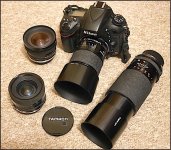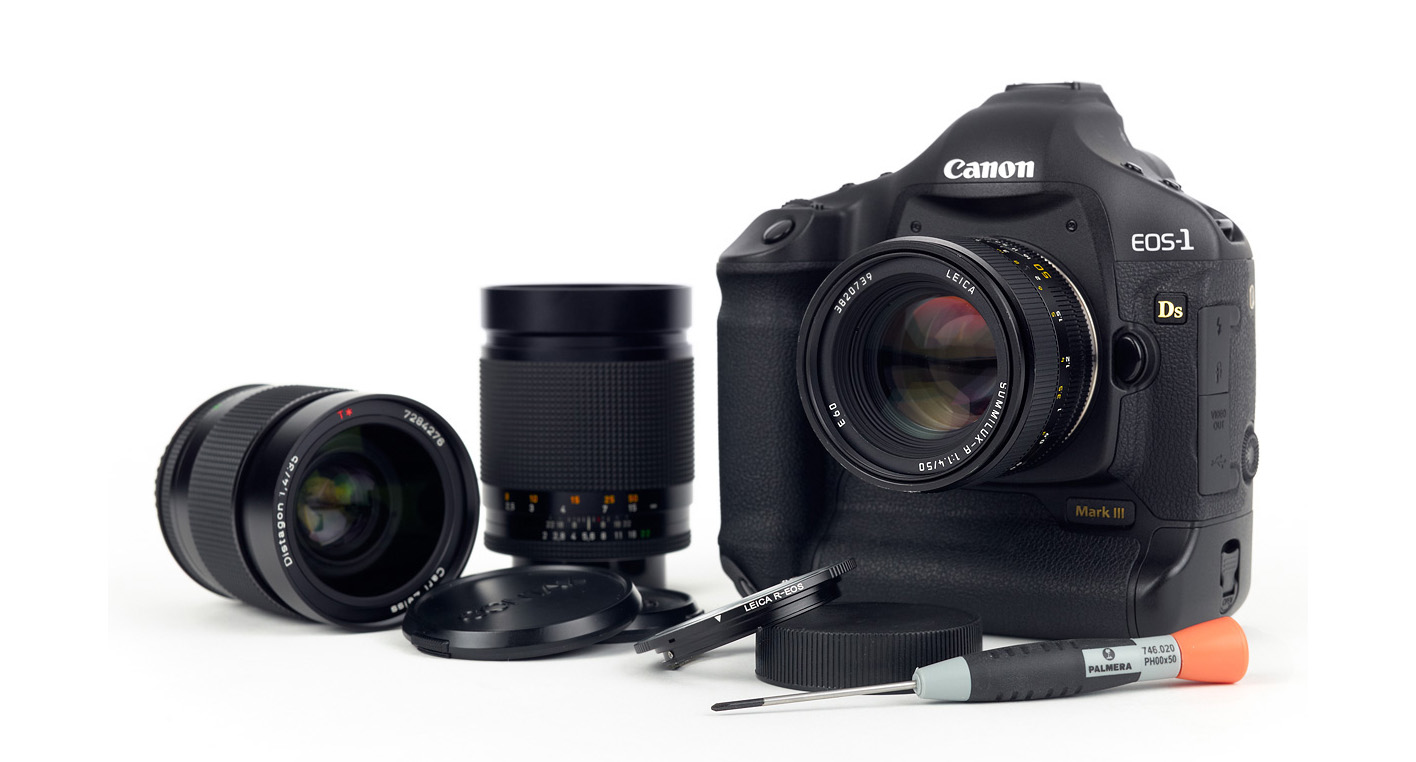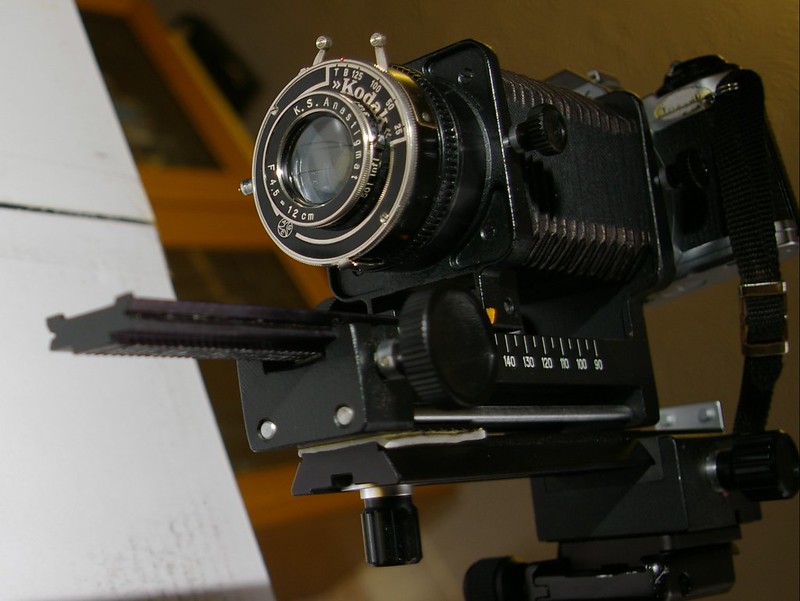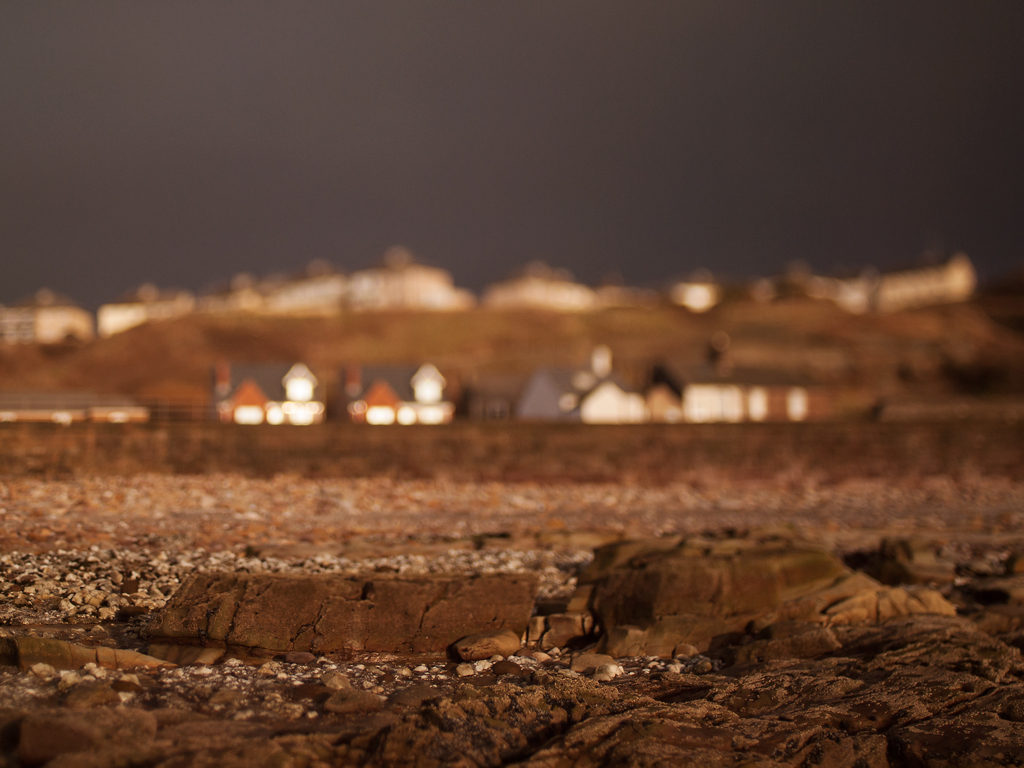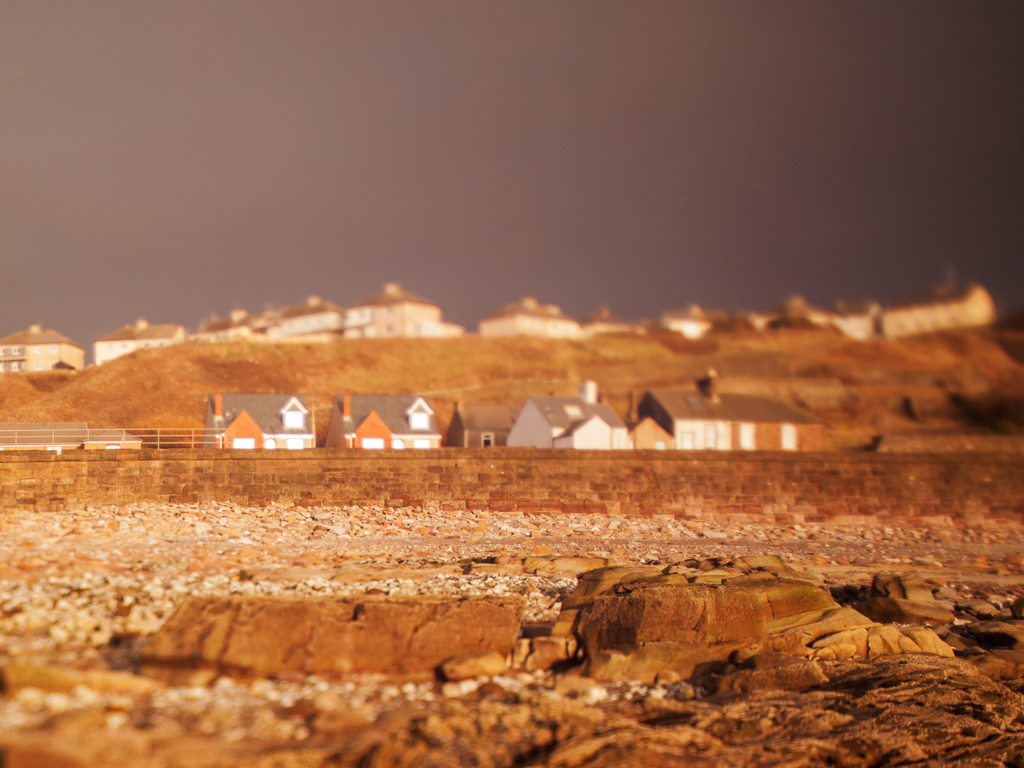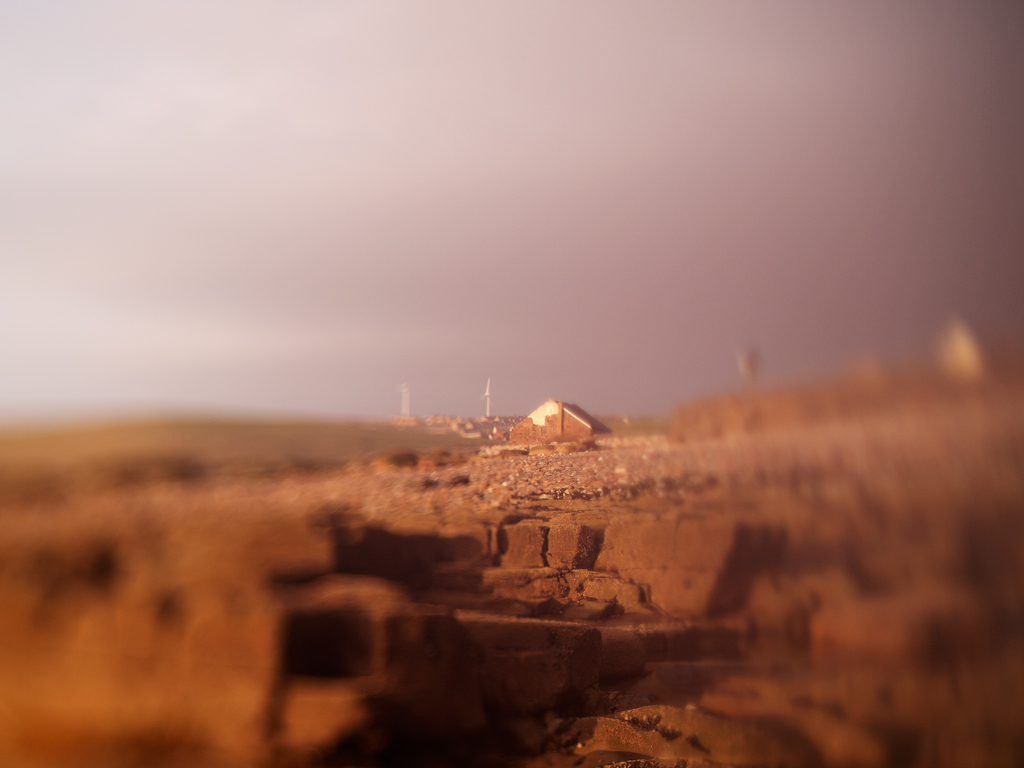- Messages
- 3,419
- Name
- Kell
- Edit My Images
- Yes
For years I wondered if my very old Minolta Prime lens (50mm, f1.7) could be used on my Canon - with an adapter of course.
Seems it's become massive of late with some real high-end videographers (especially) collecting serial matched sets of vintage primes.
View: https://www.youtube.com/watch?v=LuuIXfVjK6E&t=3418s
But also lots of stills photographers using them - and not just on mirrorless bodies. This guy is using a 6D.
View: https://www.youtube.com/watch?v=uPjierZwh_c
Anyone here done it with a Full frame DSLR? In particular a 5DIII?
I'm not very far into this journey, but the more I look into it, the more I realise I really don't know enough.
i.e. I made a bit of a leap today where I think it might ONLY be possible with primes, because of the clearance issues of the mirror. and the differnece between how primes and zooms focus.
If anyone has any other info or links, I'd be glad to read them.
Thanks
Seems it's become massive of late with some real high-end videographers (especially) collecting serial matched sets of vintage primes.
But also lots of stills photographers using them - and not just on mirrorless bodies. This guy is using a 6D.
Anyone here done it with a Full frame DSLR? In particular a 5DIII?
I'm not very far into this journey, but the more I look into it, the more I realise I really don't know enough.
i.e. I made a bit of a leap today where I think it might ONLY be possible with primes, because of the clearance issues of the mirror. and the differnece between how primes and zooms focus.
If anyone has any other info or links, I'd be glad to read them.
Thanks


